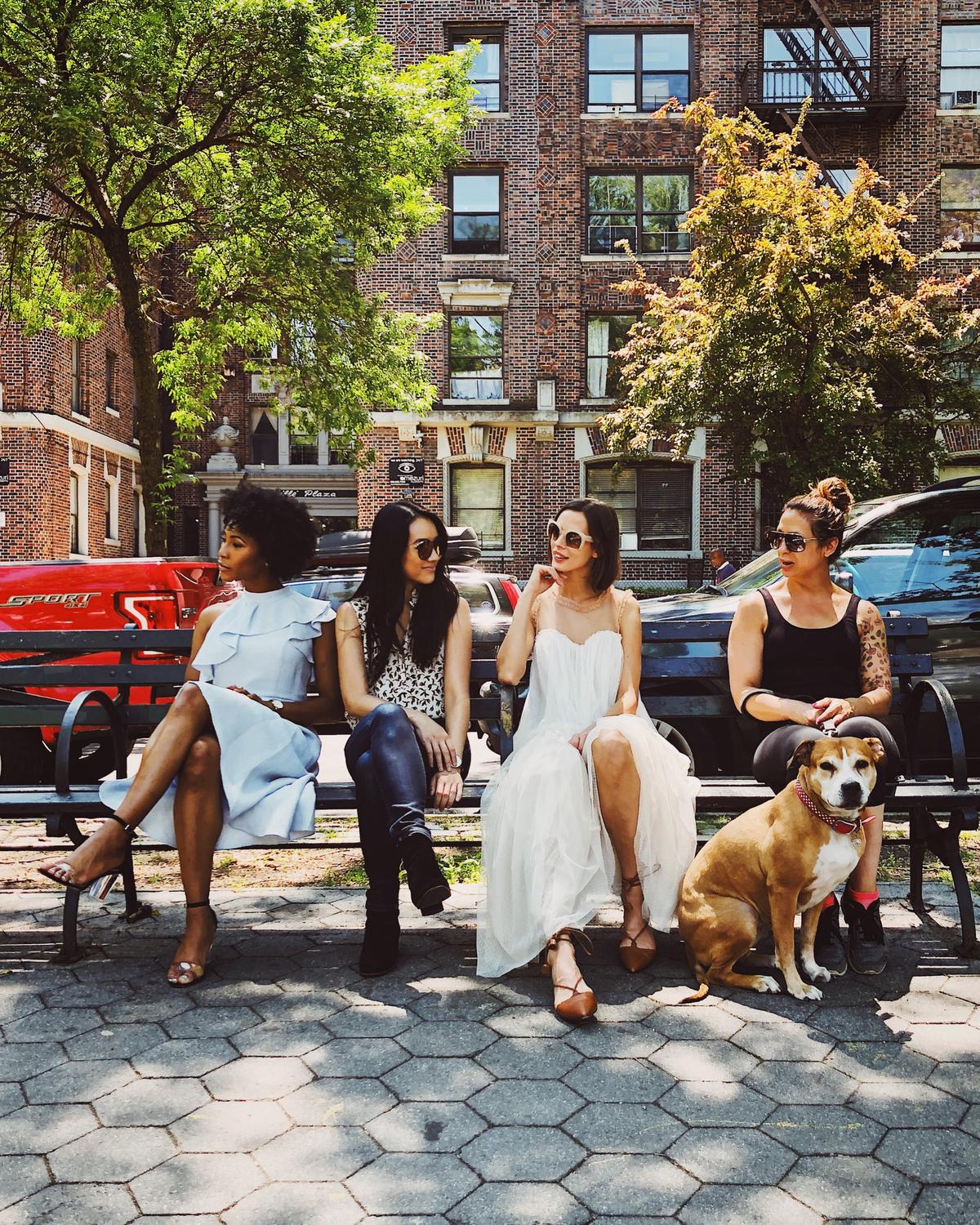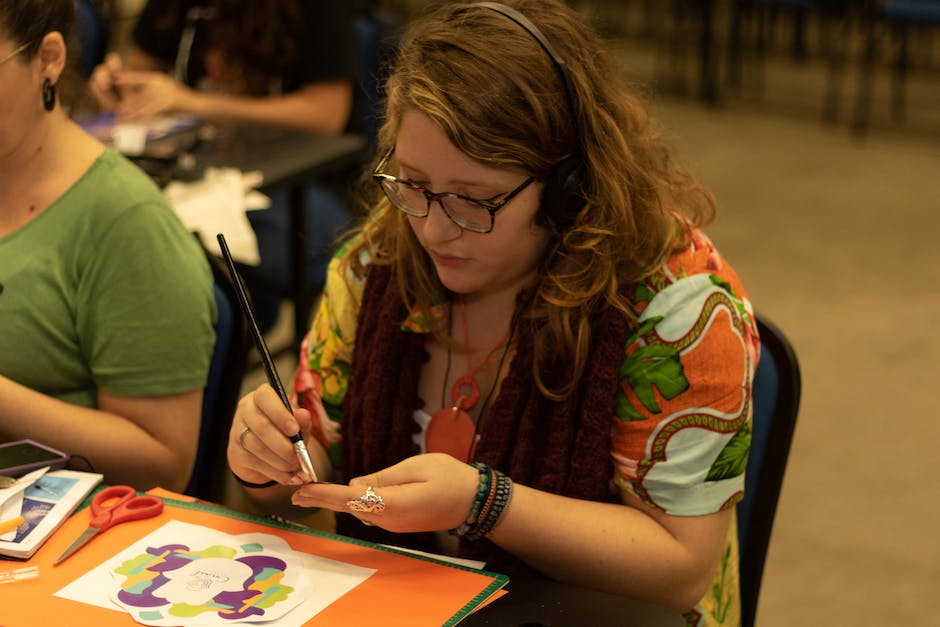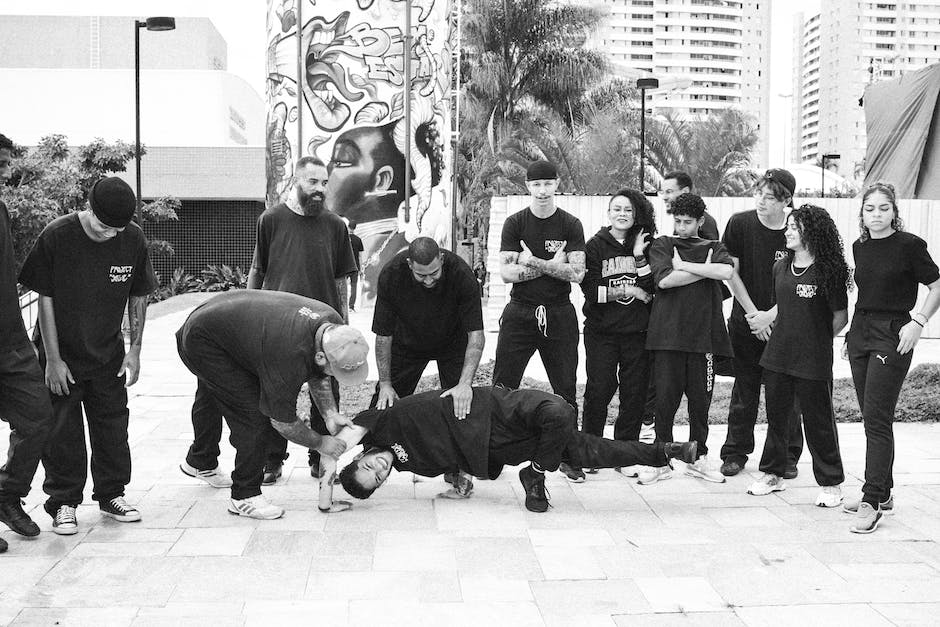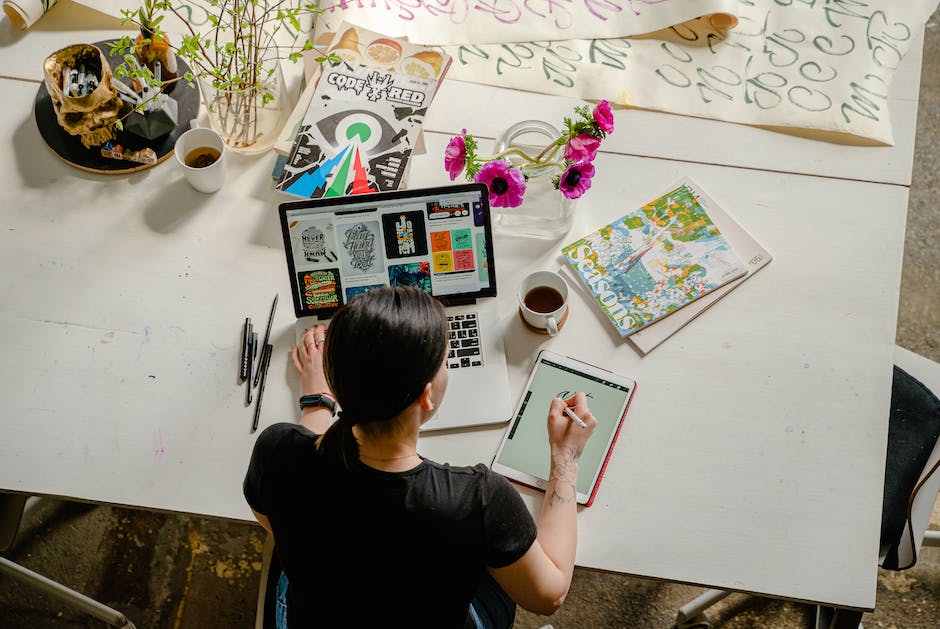As we traverse the path of art history, it’s a tale often told through the strokes of a man’s brush. Half the world’s narrative, the feminine voice, is hauntingly silent, relegated to the periphery by societal norms, prejudice and overshadowing by their male counterparts. Such consistently skewed representation prompts a re-examination of the narrative we inhabit. This re-evaluation forms the essence of our journey in this discourse, as we delve into the depths of the great but unsung female artists of yore, those who bravely tread on the path less taken, transgressing not just the norms of their time, but leaving an indelible mark on the canvas of art history. From the splendours of the Renaissance period, through the gritty realism of the 19th and 20th centuries, to the nuances that inform modern art discourse, this exploration reframes perspective, unveiling a parallel yet forgotten narrative punctuated by adept female craftsfolk.
The Obscurity of Female Artists in History
An Examination into the Historical Oversights of Female Artists: A Rediscovery to Rectify Lost Achievements
While the art world may have overlooked a passion-filled palette of women’s creative contributions, a revival stands in the offing. The absence of female artists in the annals of art history remains undisputable, an omission that not only undermines their talents but also the comprehensive understanding of art itself.
Evidently, a disconcerting pattern of oversight and underrepresentation pervades, undervaluing the multitude of masterpieces manifest by female artists across epochs. This world of artistic expression, dominated by their male counterparts’ narratives, often shadows the female artists’ profound achievements.
Midst societal constraints, patriarchal prejudices, and institutional blockade, a trove of women shaped art through their unique perspectives, introspection, and style. Historically, female creators were relegated to traditional crafts such as embroidery or pottery, whilst painting and sculpture remained the dominion of men. Strikingly, as this simplistic division of artistic labour collapsed, so did the recognition of these boundary-dissipating achievements of female artists.
Epitomising this dismissal is the story of Artemisia Gentileschi. Despite her ground-breaking work in the 17th century as the first woman to be a member of the esteemed Academia del Disegno in Florence, Gentileschi’s artistic prowess and achievements were not given due recognition. Her protagonist-filled canvases reverberated with vibrant expression of female strength and resilience, yet were largely discounted by her contemporaries.
A further historical example can be found in the rediscovery of Élisabeth Louise Vigée Le Brun, a prolific artist of the 18th Century and one of the few women admitted into the Royale Académie de Peinture et de Sculpture. Despite her royal patronage and noteworthy creative output, Le Brun’s legacy and achievements languished in obscurity for centuries.
Delving deeply into the crux of the dilemma, the predominance of gender biases and the institutionalised dismissiveness towards women were prominent themes in the art world’s narrative. Only the resistance against these dismissive tendencies, through researchers, curators, and the artists themselves, will surface these silenced artistic voices.
A burgeoning wave of museums and galleries worldwide, such as the National Museum of Women in the Arts in Washington D.C. and the Parisian Musée du Luxembourg, seek to rectify these historical contretemps. These repositories, in exhibiting the art of overlooked female artists, are striving to render a more accurate, unbiased narrative that honors the authentic hues of art history.
In conclusion, the acknowledgement of female artists and their impressive body of work is not just about rewriting art history but also affects future generations’ perspectives. The recognition and celebration of their achievements are essential to foster a more inclusive, equitable art world that inspires and provokes the future bearers of artistry. Thus, the historical oversight of female artists serves as a call towards a necessary rebellion against redundancy, a plea to unearth and spotlight their achievements, and an undeniable testament to a broader, richer tapestry of artistic expression.

Photo by seemurray on Unsplash
Influential Female Artists of the Renaissance Period
Understanding The Renaissance Pioneers: Spotlight on Women Artists
The Renaissance era witnessed a colossal flowering of arts and culture, due largely to the extraordinary talents of its female artists. Overcoming significant societal barriers such as gender biases, patriarchal prejudices, and institutionalized marginalisation, these pioneering women made profound contributions to the arts, shaping the course of creativity not just in their time, but in generations to follow.
Sofonisba Anguissola stands tall among these trailblazers, lauded as the first woman artist to gain international renown. Toscanelli, the renowned art historian of the era, described her as “the marvel of our century”. She studied under the great painter Michelangelo, and brushed shoulders with influential figures of the time, including King Felipe II of Spain, who she served as official court painter. Her remarkable portraits offer riveting insights into the power dynamics of gender and society during the Renaissance era.
Lavinia Fontana was yet another pioneer, noted for her unprecedented ability to negotiate her own commissions, a privilege typically accorded to male artists. She became the first woman to paint major religious and mythological works, creating a platform for subsequent women artists to break away from traditional craft-based roles and venture into the realm of thematic painting.
Rosalba Carriera, famed for her portraiture and contributions to the Rococo style, was a beacon of inspiration for the female artists of her time and beyond. Her elegant pastel works enchanted audiences across Europe, leading to her election as a member of the highly esteemed Royal Academy of Saint Luke. The empowerment that Carriera and her contemporaries seeded has given rise to a seamless fusion of courage, resilience, and innovation among women artists of today.
However, the canvases of these women artists were frequently steeped in challenges. Prohibited from studying the male nude, a staple for any artist aiming to master classical painting techniques, women resorted to portraying clothed figures or working from plaster casts. Moreover, their works were regularly undervalued or credited to men, rendering the recognition of their genius an uphill struggle. Nonetheless, these extraordinary women persevered, forever shaping the narrative of female contribution to art.
The vigour and brilliance expressed through the works of these female artists underline the fact that creativity knows no gender. Attenuated by obstacles, their art emerged luminous and unbroken, a beacon of inspiration for subsequent generations of women artists. As we venture forward, it is up to us to ensure these pioneering women of the Renaissance are never again dismissed or forgotten, for it is through their bold brushstrokes that the history of art has been irrevocably enriched.

Pivotal Female Artists of the 19th and 20th Century
In addressing the unsung female artists, one cannot overlook the profound influence of Berthe Morisot (1841-1895), an artist who helped shape the Impressionist movement, although her contribution is often overshadowed by her male contemporaries. Morisot’s works, characterised by their subtle colour palettes and dappled brushstrokes, captivate with their intimate portrayal of domestic life, thus diverging from the public spaces traditionally painted by her Impressionist colleagues.
Similarly, Mary Cassatt (1844-1926), another figure intrinsically tied to the Impressionist movement, used her art to give a voice to the unspoken experiences of women, primarily focusing on the bonds between mothers and children. The vibrantly colourful and expressive character of her works offered an unprecedented perspective on the domestic sphere, countering the dominant narrative of the 19th Century.
The 20th Century also offered a plethora of pioneering female artists who made significant strides in the art world. Among them, Georgia O’Keeffe’s (1887-1986) bold and innovative style propelled her to the forefront of the American modernist movement. Recognised for her large-scale flower portraits that verge on abstraction, she deftly subverted gender expectations of the time.
Then there is the formidable presence of Frida Kahlo (1907-1954), a key figure in Mexican art. Kahlo’s deeply personal self-portraits, fraught with pain, love, and the intersection of her Indigenous and European heritage, challenged societal norms around femininity, sexuality, and beauty. Yet, it is worth noting that her contributions extend beyond the canvas. Kahlo’s life itself serves as a testament to resilience and individuality, prompting us to consider the broader context of an artist’s life and the multifaceted influences on an artist’s work.
A considerable mention is Lee Krasner (1908-1984), an Abstract Expressionist who was often eclipsed by her husband, Jackson Pollock. Krasner’s talent lay in deconstructing the female form into abstract shapes. Her innovative techniques added to the diversity of the Abstract Expressionist movement.
Lastly, Agnes Martin (1912-2004), though lesser-known, was a significant contributor to the Post-Painterly Abstraction period. Martin’s body of work, defined by her serene and minimal grid and stripe patterns, paved the way for Minimalist art. She innovatively bridged the gap between Abstract Expressionism and Minimalism.
While there has been a tremendous shift in perception and appreciation of female artists, there remains a substantial number that have been overshadowed by their male peers or fallen into obscurity. The artists mentioned here have all greatly contributed to the development of their respective art movements, despite the societal and institutionalised biases they faced. Unearthing and celebrating their stories and contributions not only provides a richer understanding of art history but also offers inspiration and representation for future generations of female artists.

Promoting Undiscovered Female Artistry Today
In the continuing quest of unearthing the untold stories and acknowledging unappreciated creative endeavours of female artists, forthwith attention is required in spotlighting the art world’s gender disparity.
Unquestionably, the area of contemporary artists should not be overlooked. For addressing this shortfall, some strategies can be suggested.
Contemporary arts world’s academia, just as in other fields, is imbued with an aversion to change. Instituting gender parity within art education and research can, therefore, be a challenging feat, however not impossible. For instance, integrating comprehensive study modules that explore works of male and female artists in a balanced manner can help mitigate the gender disparity. Such curricula remove the perennial invisibility shroud over female artists’ contributions and inform students about diverse artistic renderings. Moreover, featuring more female artists in textbooks would give them much-deserved recognition and inspire students to learn from their works.
Fostering a greater representation of female artists in art critics circle would be another key step. Art critics play an influential role in shaping opinions, setting trends and defining ‘great art’. Increasing the female quotient within this community can boost appreciation for underserved female artists and infuse unique perspectives into creative appreciations.
A key enabler to female artists’ recognition is funding availability. Today, unfortunately, there is a significant imbalance. Greater availability of grants, scholarships, and sponsorships to female artists can empower them to transcend societal constraints and stimulate creativity. Furthermore, contests encouraging female participation can carve avenues for their undiscovered art to take spotlight.
Efforts can also be directed towards organising and promoting exhibitions, specifically focusing on neglected female artists. This will not only acknowledge their contributions but also induce interaction between artists and audiences, fostering appreciation and dialogue.
The digital world amply caters to art lovers globally. It presents an unprecedented platform to bring undiscovered female artists to prominence. Digital art repositories can be curated with dedicated sections to display works of overlooked female artists. These digital showcases can bridge geographical boundaries and reach global viewers, offering deserved visibility to these artistic maestros.
Finally, public-private partnership initiatives can explore prospects for establishing dedicated museums or galleries highlighting female artist’s work. This would offer spaces for art aficionados to appreciate their contributions.
Efforts towards acknowledging overlooked female artists cannot be a solitary quest or merely a women’s issue. Collective endeavours are crucial towards this objective to bring these lost stories to light and complement the rich tapestry of art history. Concurrently, it reminds us of the immense potential nurtured when a diverse range of voices is heard, enriching the art world panorama. Small steps, but significant ones, will pave the path to a just artistic world where merits take precedence over gender, and creativity knows no bounds.

Undoubtedly, the strokes of forgotten female artists of history paint a narrative too rich to be dismissed into obscurity. The lens of gender, race, and material history can only enrich our understanding of the human experience through their unsung artistry. Museums, art historians, and the media hold the reins to steer this boat of rediscovery, thereby embracing inclusivity within the art historical narrative. It’s a matter of grave significance as it does much more than diversifying historical narratives, it provides a nuanced understanding of how artistry is interwoven with the experiences of half the population of the world, thus making art relatable and accessible. Resurrecting these voices echoes the call for societal recognition of the diversity latent in human creativity, stimulating insightful dialogues and richer intellectuality, for our contemporary society and generations yet to come.






















